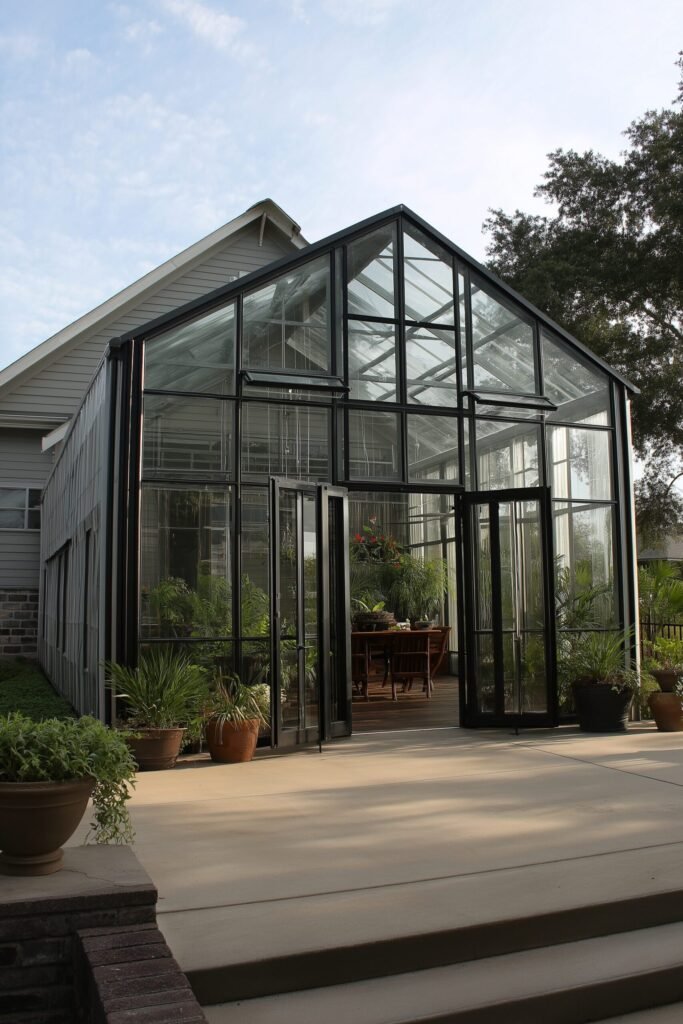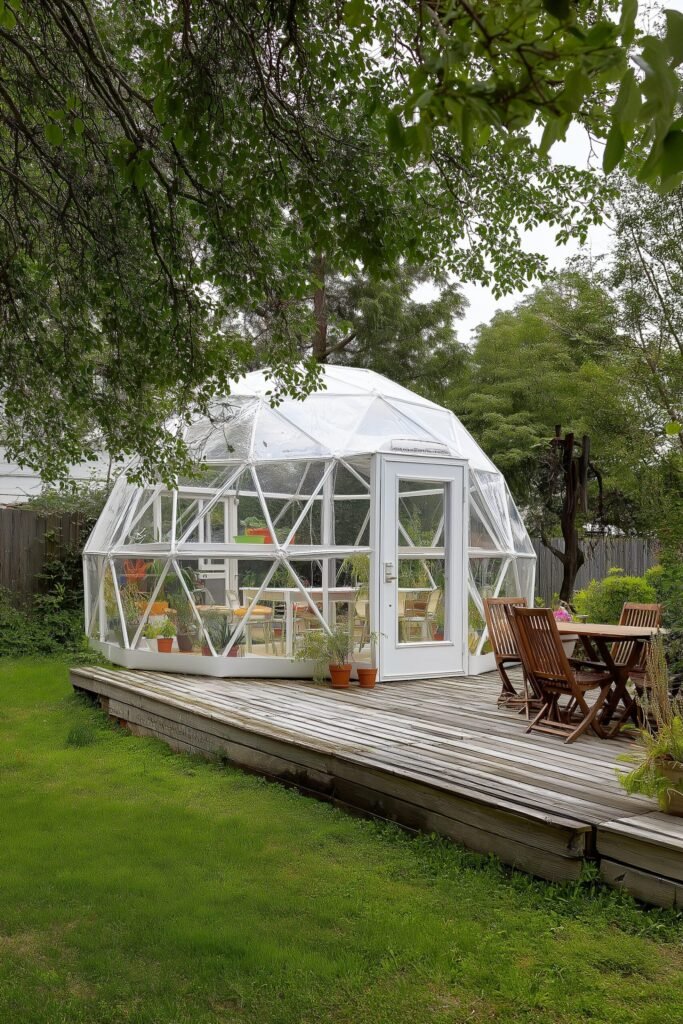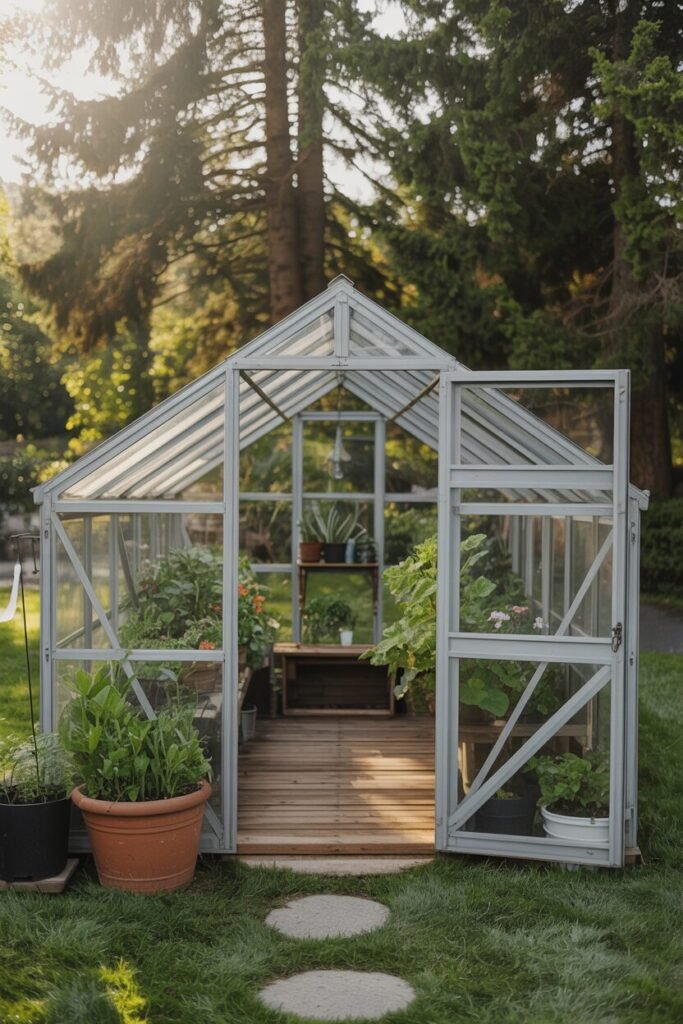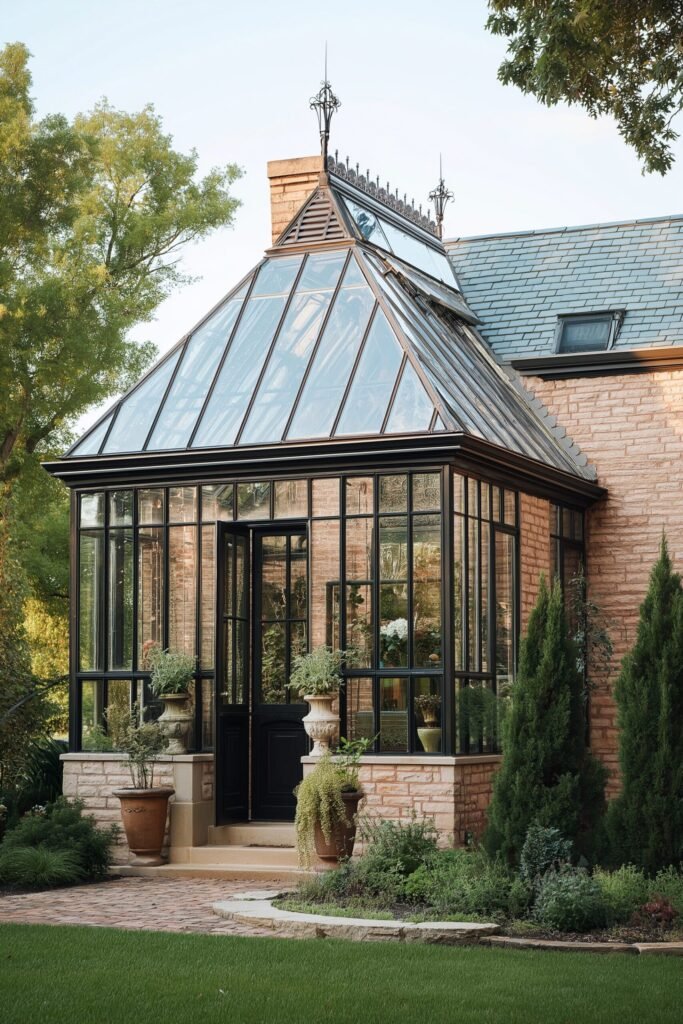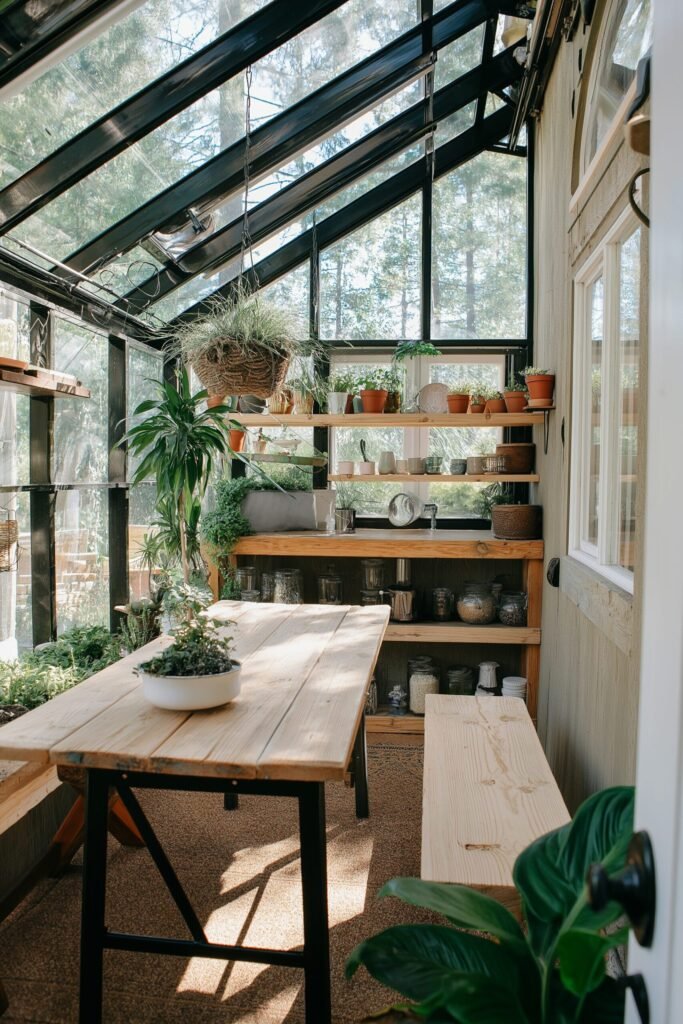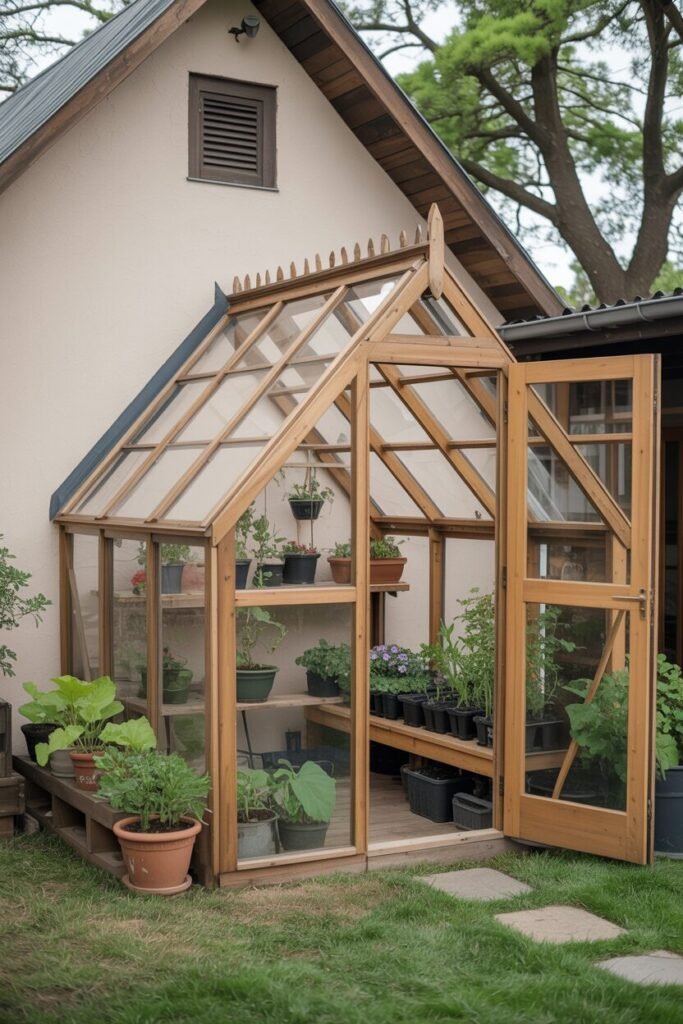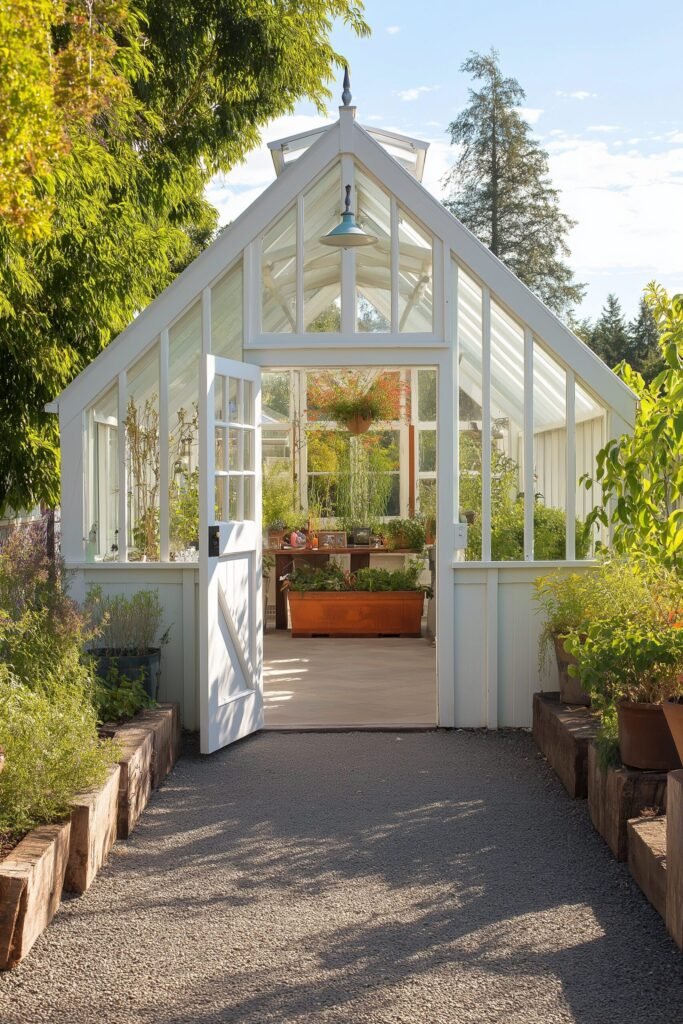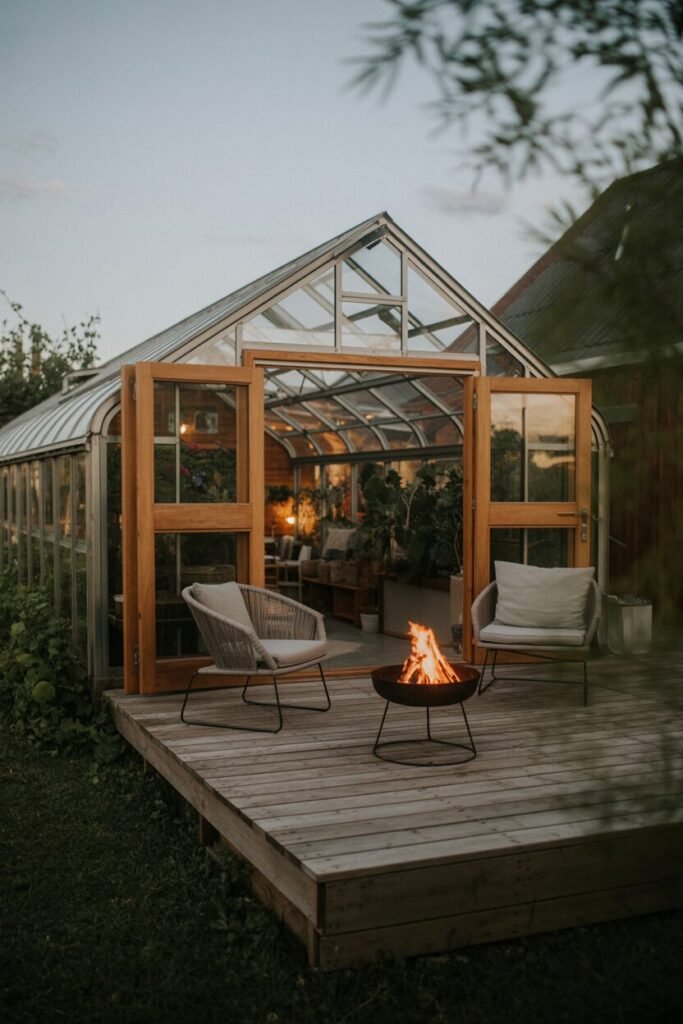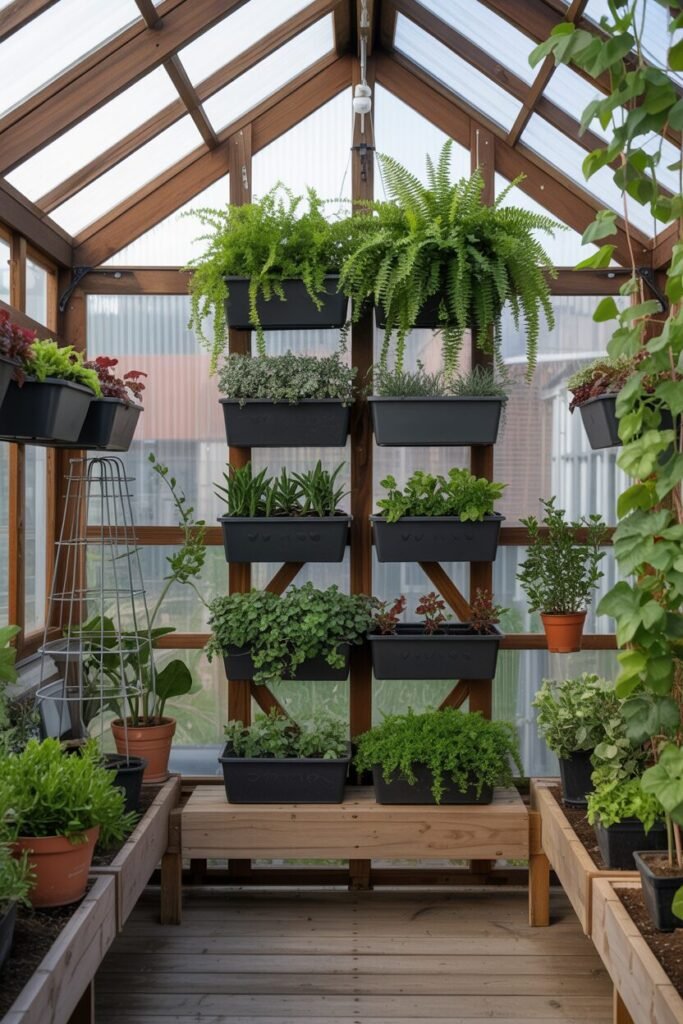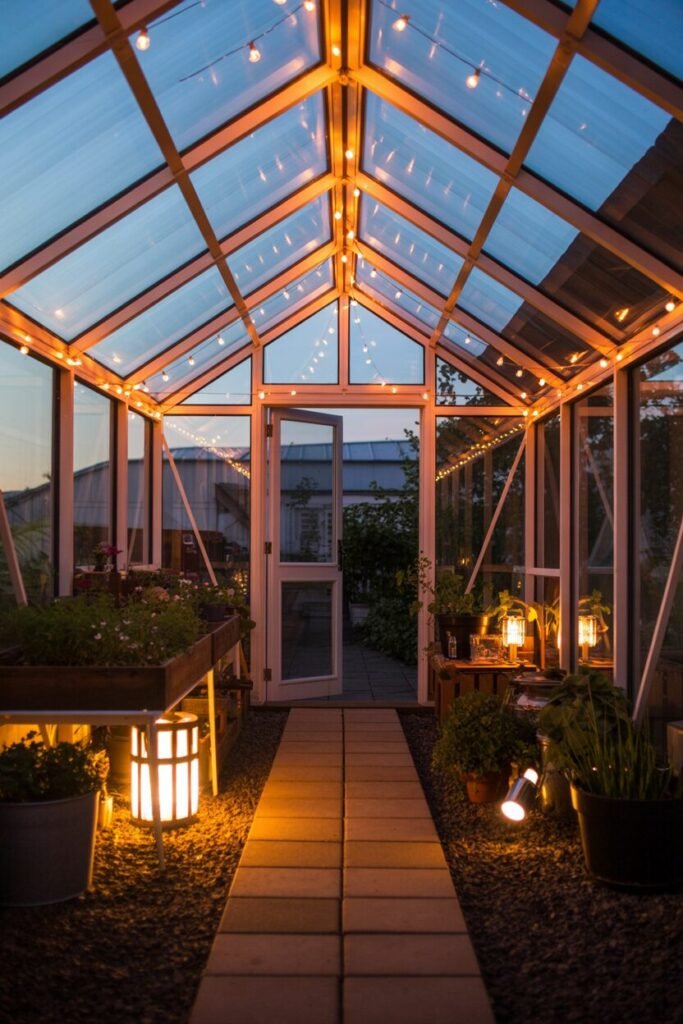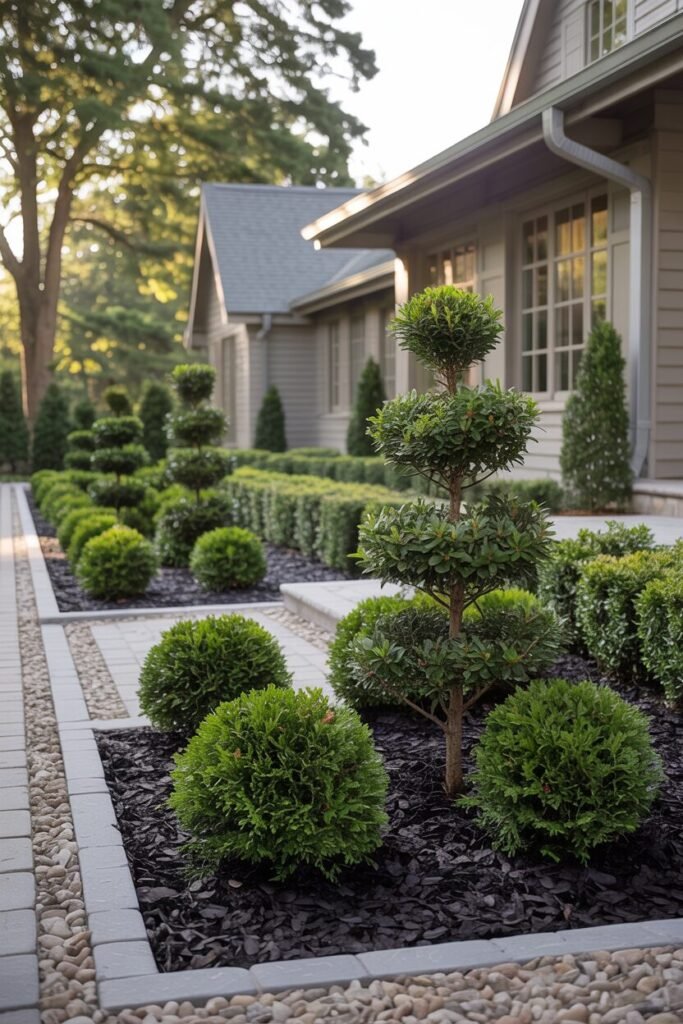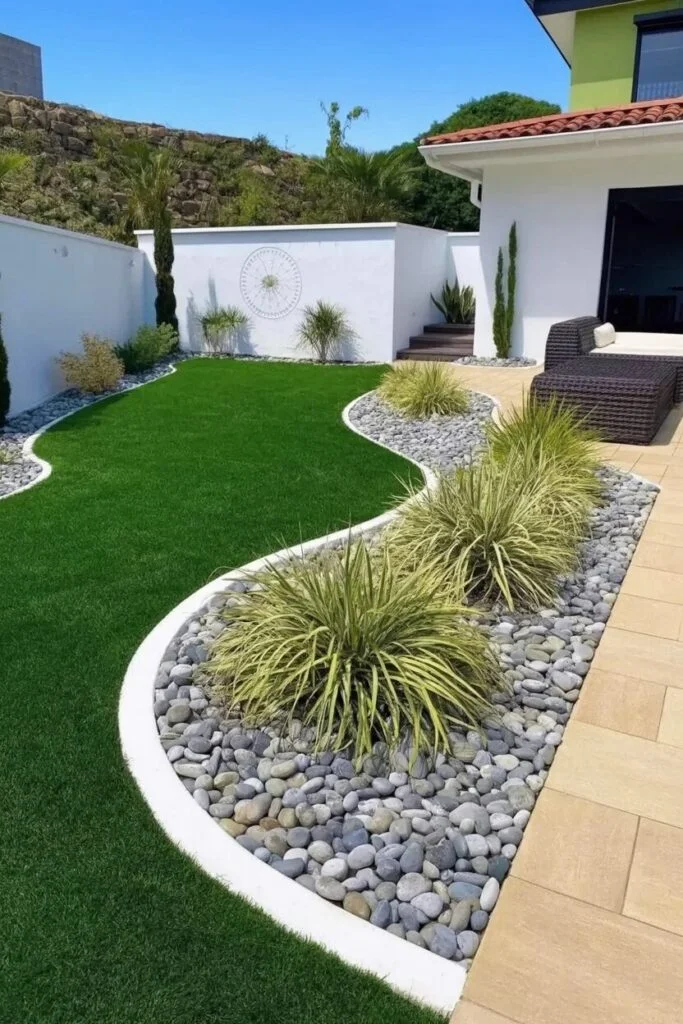How Smart Design and Positioning Give a Greenhouse a Homey Atmosphere
Are you tired of greenhouses that look like soulless glass boxes? Do you feel like they belong more in a science lab than in your backyard? We get it. We’ve been there, staring at our plants through what feels like a sterile, uninviting structure. But what if we told you it doesn’t have to be that way?
What if a greenhouse could be a true extension of your home—a cozy, charming escape filled with personality and warmth? In this post, we’ll dive into the secret sauce behind creating a greenhouse with serious homey vibes. We’ll explore how smart design and clever positioning can transform a glass structure into a genuine garden oasis.
We’re about to prove that your greenhouse can be as unique and welcoming as you are. Get ready to give your plants the stylish, comfortable home they deserve!
The Beauty of a Dome Greenhouse
For a greenhouse that’s a true conversation piece, look no further than the striking geodesic dome. We are absolutely mesmerized by these structures! Their unique, geometric design isn’t just for looks; it’s one of the most efficient and sturdy greenhouse shapes available.
As you can see, they create a perfect, enclosed environment while still feeling completely connected to the outdoors. Our insight is that this design allows for incredible light distribution, minimizing shadows and ensuring your plants get sun from every angle.
The key to making it feel homey is to connect it to your living space with a beautiful deck or platform. It proves that you can have a state-of-the-art, futuristic structure that still feels incredibly warm and inviting.
The Perfect Spot for Your Greenhouse
You might think any sunny spot will do, but the right positioning can make or break your greenhouse’s success. We believe location is everything! A homey atmosphere isn’t just about decor; it’s about functionality and comfort.
First, consider the sunlight: a spot with at least six hours of direct sun is ideal, but avoid areas with harsh, scorching midday sun that can fry your plants. Our expertise tells us to also think about drainage and access. You don’t want your greenhouse to turn into a swamp after a downpour, and you’ll want a clear path to get to it easily.
Finally, we recommend a location that is somewhat protected from strong winds. A little research into your local climate and sun patterns will pay off big time, ensuring your greenhouse is a functional and happy place for years to come.
The Statement of a Conservatory Greenhouse
While we love a charming, rustic look, there’s a different kind of magic in a grand conservatory like this one. It’s less of a shed and more of a stunning architectural extension of your home. We’ve seen these structures completely transform a property, adding both immense value and an incredible living space.
With their elegant metal frames and soaring glass ceilings, they are designed for year-round use—perfect for enjoying a sunny afternoon even in the dead of winter. Our expert insight is that this is the ultimate solution for those who want a true, four-season sunroom that doubles as a luxurious garden.
It’s a bold statement that says you’re serious about your home and your connection to nature. This is a design that is built to last and to impress.
Integrating a Greenhouse with Your Home
Your greenhouse doesn’t have to be a standalone box at the far end of the yard. By integrating it with your existing home, you create a seamless transition that makes the space feel like a natural part of your living area. This is our top tip for making your greenhouse feel more like a home and less like a shed.
For example, you can build it directly against a sunny wall of your house, allowing for easy access and shared heat, which is a fantastic energy-saving hack. This strategic placement also means you can run electricity and water from your home more easily.
We’ve seen incredible results when people connect their greenhouse to a kitchen or dining area, creating a stunning breakfast nook or a unique indoor-outdoor dining experience. The key is to think of your greenhouse as another room—one with a spectacular view and endless greenery.
The Charm of a Lean-to Greenhouse
If you think a greenhouse needs to be a big, complex structure, think again! We just adore the simple elegance of a lean-to greenhouse like the one pictured. This design is our go-to recommendation for anyone wanting a functional space that feels like a natural part of their home, not an afterthought.
Our biggest insight here is how this design ingeniously uses your home’s existing wall as a fourth side, saving you materials and effort. It’s the perfect way to get a lot of gardening space in a small footprint. Notice how the rustic wood and clean glass panes create an effortless blend of form and function.
This is about making gardening an accessible and beautiful hobby, right outside your door. It proves that the most charming spaces are often the most practical.
The Timeless Allure of a Classic Greenhouse
We all have that picture in our minds: a perfectly charming, freestanding greenhouse nestled in a beautiful garden. This is that picture! A classic A-frame design like this is a timeless addition that creates a true sanctuary of its own.
Unlike attached structures, a standalone greenhouse gives you the freedom to place it in the absolute best spot for sunlight and air circulation, maximizing its growing potential.
Our advice? Embrace the oasis concept by creating a welcoming entrance, just like this gravel path, and link it to your garden with cohesive elements like matching raised beds. It makes the space feel like a purposeful destination, not just a building. It proves that you don’t need to be attached to your house to feel completely at home.
READ MORE >> “10 Coral Bells Front Yard Landscaping Ideas“
Adding Furniture and Comfy Seating
A greenhouse shouldn’t just be a workshop for your plants; it should be a retreat for you. We often joke that if you don’t want to hang out in your greenhouse, you’ve missed the point! Adding comfortable furniture is the key to making this space a true sanctuary.
Think beyond the plastic folding chair. A small bistro table and a couple of wrought-iron chairs, a cozy hammock, or even a plush armchair can completely change the vibe. Our tip is to choose materials that can handle the humidity, like teak, cedar, or weather-resistant wicker.
Suddenly, your greenhouse becomes the perfect spot for reading, enjoying a quiet moment, or sharing a glass of wine with a friend. It’s all about creating an inviting space that beckons you to stay and relax, blurring the lines between indoors and out.
A Greenhouse as an Outdoor Living Space
Don’t just think of your greenhouse as a standalone structure; think of it as an integral part of your outdoor living area! We’ve seen homeowners brilliantly extend their patios or decks to seamlessly connect to their greenhouse, creating a flow that feels incredibly natural.
This is our number one trick for making your greenhouse feel more like a destination and less like a chore. You can place outdoor furniture right next to it, set up a fire pit nearby, or even run a gravel path that leads directly to it.
This makes your greenhouse a perfect spot for more than just gardening—it’s ideal for a cozy outdoor dining spot or a peaceful morning meditation session. It’s all about blurring the lines between your garden, your home, and your personal sanctuary.
Creating a Vertical Gardening Showcase
Space can be a real issue, but we’ve got the perfect solution: go vertical! Vertical gardening is a game-changer for maximizing space and creating a visually stunning display.
We’re talking about using trellises for climbing plants, wall-mounted planters for herbs, or even hanging baskets from the ceiling. Our insight from years of gardening is that vertical structures can add a dramatic element of height and depth, making a small greenhouse feel much larger.
Plus, it’s incredibly practical, keeping plants off the floor and freeing up space for seating or other decor. Just be sure to pick plants that thrive in a vertical setting, like passionfruit vines or beautiful cascading ferns, to create a lush, immersive, and organized showcase.
The Magic of Smart Lighting
Nothing changes the mood of a space like good lighting, and a greenhouse is no exception. We’re not just talking about grow lights; we mean ambient lighting that makes the space magical after dark.
Our top tip for creating a cozy, homey vibe is to hang fairy lights or string lights across the ceiling and around windows. The warm, soft glow instantly turns a simple structure into a fairytale retreat. You can also use solar-powered lanterns on the ground or small spotlights to highlight specific plants, creating beautiful shadows and adding drama.
This simple addition makes your greenhouse a beacon of warmth and light, inviting you to enjoy the space well into the evening hours.
READ MORE >> “10 Full-Sun Perennials for Easy Container Gardening“
Your Green Sanctuary Awaits
We’ve journeyed through a world of design, from the modern allure of geodesic domes to the rustic charm of lean-tos, and now you have all the inspiration you need. The most important lesson we’ve learned? It’s not about the size of your greenhouse or how much you spend; it’s about making it feel like an extension of your home and your personality.
By thoughtfully considering design, placement, and personal touches, you can create a space that’s more than just a shelter for plants—it’s a sanctuary for you.
The true secret to a homey greenhouse is to create a space that you love to be in, a place where you can relax, recharge, and reconnect with nature. So, what are you waiting for? Start your journey, and let’s grow something beautiful together!

